In 1991, Colombia shifted from a territorial regime that combined shared rule with limited self-rule to the opposite configuration: extensive self-rule without shared rule.
The radical shift between these two hybrid configurations generates two distinct but related theoretical puzzles. First, why did the 1991 constitution simultaneously empower Colombia’s constituent units with self-rule only to disempower them by eliminating their representation in the Senate? I argue that the same democratizing forces that sought to strengthen territorial units via self-rule also had the effect of undermining shared rule by transforming the Senate into a body that would be elected in a single nationwide district. Second, what explains the instability of self-rule without shared rule in the years after 1991 when the opposite configuration had achieved such stability in the century before 1991? This paper shows how, once they lost their representation in the Senate, regional actors had few institutional levers at the national level they could use to veto recentralization and defend their newfound self-rule.





